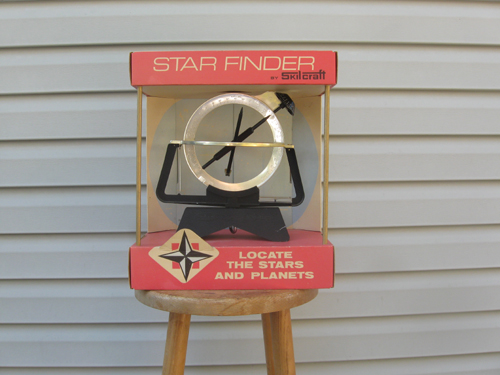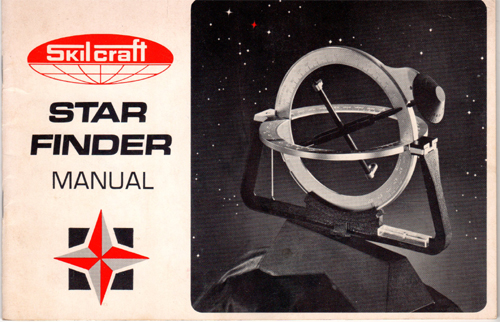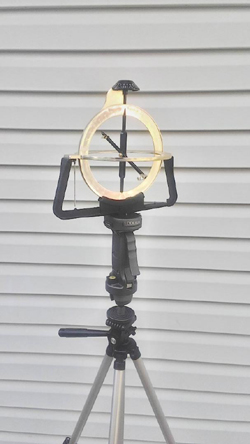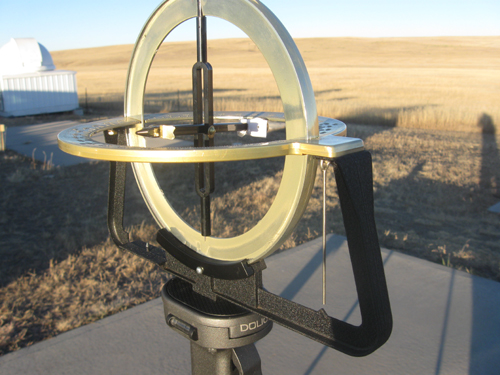Armillary
Sphere

Wikimedia Commons, Public Domain,
https://commons.wikimedia.org/w/index.php?curid=16043714
| The Armillary Sphere |
 Wikimedia Commons, Public Domain, https://commons.wikimedia.org/w/index.php?curid=16043714 |
The armillary sphere was developed independently by the Chinese in the fourth century BC and by the Greeks around the third century BC. They were used to model the motions of Sun, Moon, planets and stars. There are two types of armillaries: "With the Earth as center, an armillary sphere is known as Ptolemaic. With the Sun as center, it is known as Copernican." (Wikipedia)
One variation is the armillary astrolabe. It could be used in positional astronomy to locate celestial objects or to accurately measure their location. "Before the advent of the European telescope in the 17th century, the armillary sphere was the prime instrument of all astronomers in determining celestial positions." (Wikipedia)
 |
|
|
Ptolemaic (geocentric) Armillary |
 |
 |
 |
 |
Marketed as an educational toy in the 1960's, the Skilcraft Star Finder is a basic armillary sphere. When adjusted for the local latitude and longitude, it can be used to locate celestial objects using published right ascension and declination. By adjusting the latitutude to 90o (location North Pole!), the Star Finder can be used in reverse mode--line up an object and you can read off the azimuth and altitude.
The built in compass and levelling pendant are used to align the device prior to use. These are neither very accurate or precise, but they work to a certain extent. I used the device for a short while to make measurements of the rising full Moon and the angular separation of the Sun and Venus.
While the device did not provide highly accurate data, the concept inspired me to design and construct a dioptra.
--
Astronomy Before the Telescope
Index Page --
--Binocrane Home
Page--